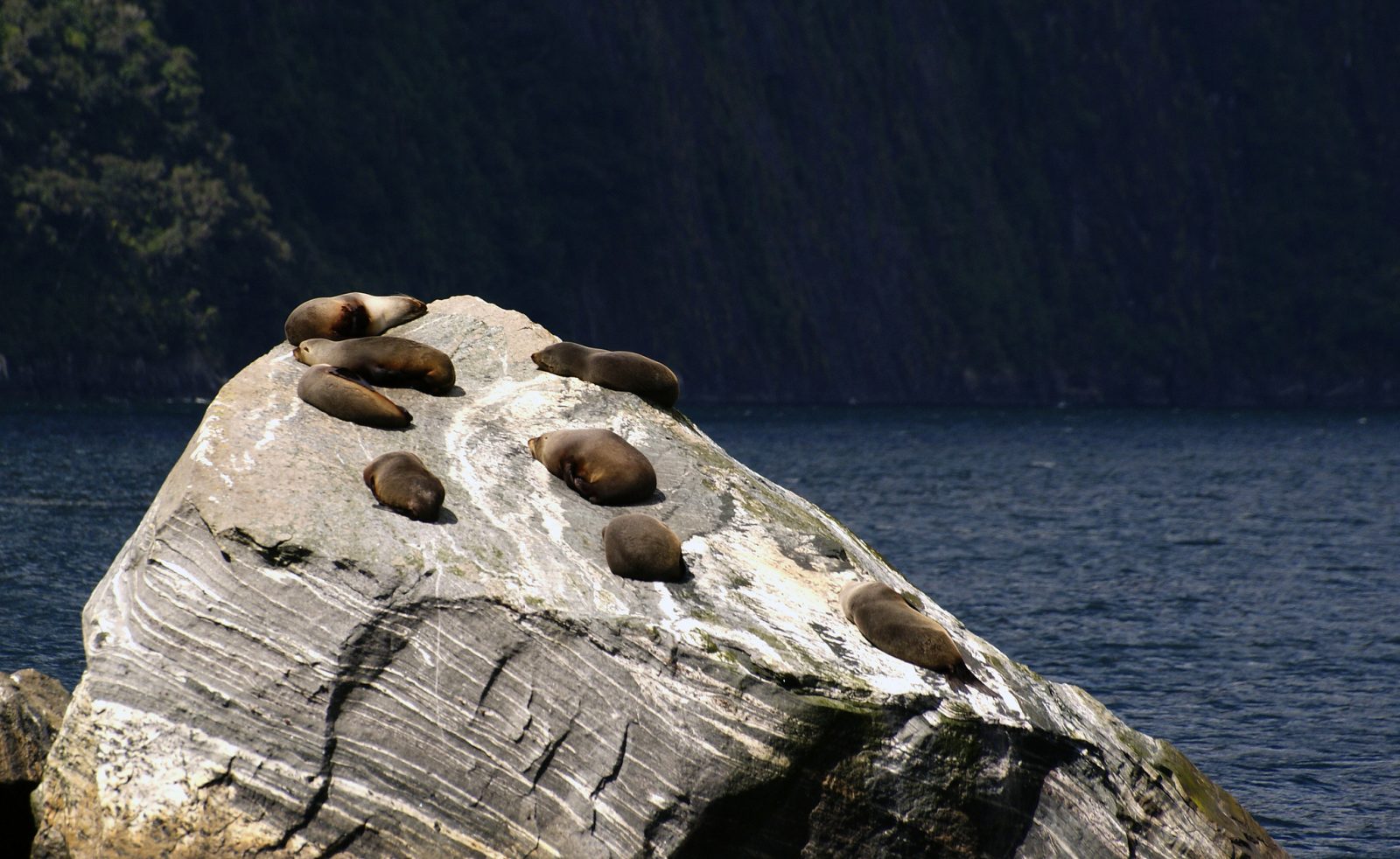SRUTHY SREEKUMAR
January, 2019
In order to appreciate the momentous significance of the United Nations Convention on the Law of the Sea 1982, it is necessary to address the historical background of this event. An indispensable dimension of the law of the sea has historically been the so-called freedom of the seas which related to fisheries and navigation in the earlier period and was extended to scientific research, laying of pipelines and air navigation in later years. However, during the age of discovery around the fifteenth century, the powerful maritime states of Spain and Portugal claimed sovereignty over large areas of ocean space. For example, Portugal claimed sovereignty over the Indian Ocean and a large portion of the Atlantic Ocean. Spain claimed sovereignty over the Pacific and England over the North Sea. However, Grotius and other leading publicists persistently advocated the freedom of the seas which was generally accepted by nations of the international community as complying with their national interests. At the same time, it was generally recognized by the eighteenth century that coastal States were entitled to a belt of sea adjacent to their coasts up to a seaward limit of three miles advocated by Bynkershoek. Bearing in mind the foregoing, the ensuing discussion outlines the development of the concept of the law of the sea with particular reference to enforcement powers of the coastal state in the territorial sea.
Download Full Report to read more…











